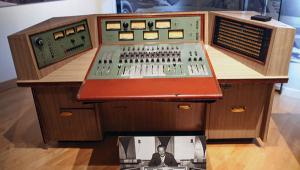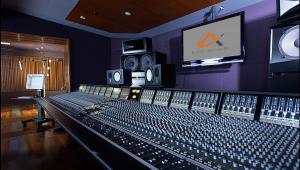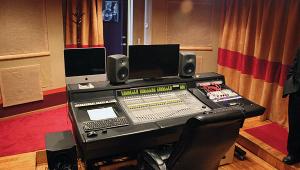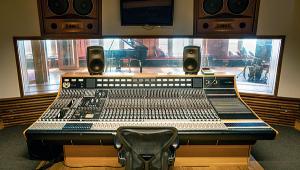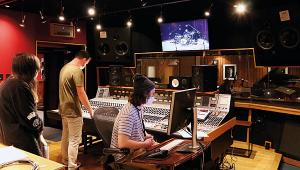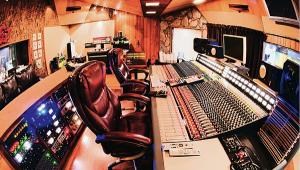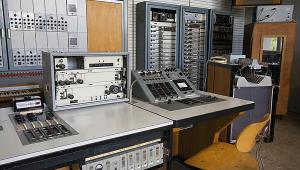RGM Sound Ltd Page 2
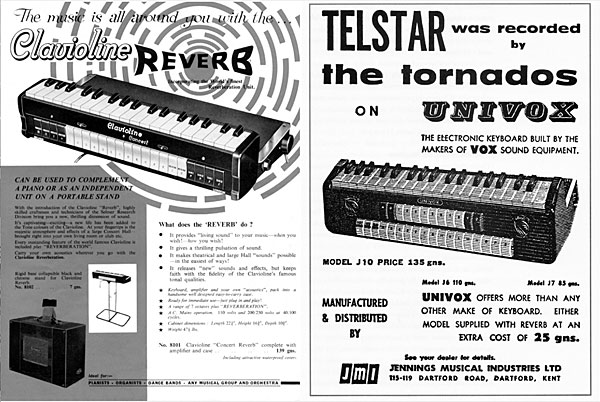
Flushed With Success
The track's principal instrument is the clavioline, a rarely utilised forerunner of the synthesiser that used electronic circuitry to create sound. The 'rocket launch' noises at the start of the record were purportedly a recording of Meek's toilet being flushed, then played backwards. Always in search of novelty, Meek used every nook and cranny of his three-floor flat and pretty much everything in it for novel effects, his avowed intent to create a signature sound.

King Of Rhythm
Vocally many of Meek's artists were bland until he smothered them with effects but the arrangements were lush, the instrumentation innovative and the results out-of-this-world. Meek multi-tracked, speed-varied, dubbed and echoed, perpetually exploring new microphone set-ups and suchlike to keep his recordings exuberant and fresh.
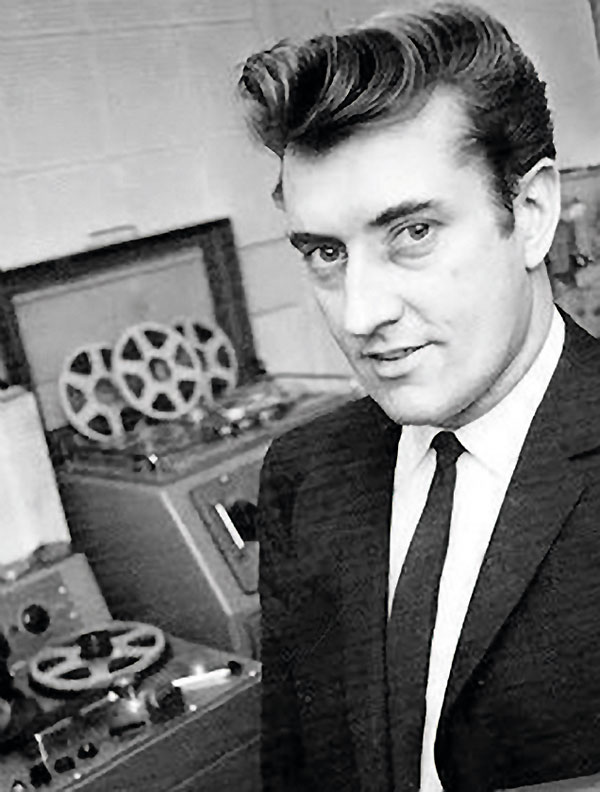
By and large, his technique was thus: 'The main machine is a Lyrec twin-track', he explained. 'I usually record the voice on one track, and the backing on the other. The other recorder is a TR51. This I use for dubbing. The artiste has his microphone, a U47, in the corner of the studio, screened off from the rest of the musicians. He can sing his heart out, without anyone taking notice of him. He's going on a separate track. The bass is fed in direct, the guitars have mics in front of the amps, and the drum kit has two or three mics placed around it.
'Each musician has been given the chord sequence for a song, or has been listening to a record downstairs on my player... Then we go ahead and record until I have a very good track. I'm not worried if the artiste is in tune, or phrasing properly, I want a good rhythm track for the A-side. We do the same for the B-side, and then that's all for the backing group. Off they go, and I dub the artiste's voice on again. I then listen to the tracks we've already got… sometimes they're good enough, but as a rule, he wears headphones and the track's played back to him, and its dubbed onto my TR51 recorder. So then we have voice and rhythm tracks.'
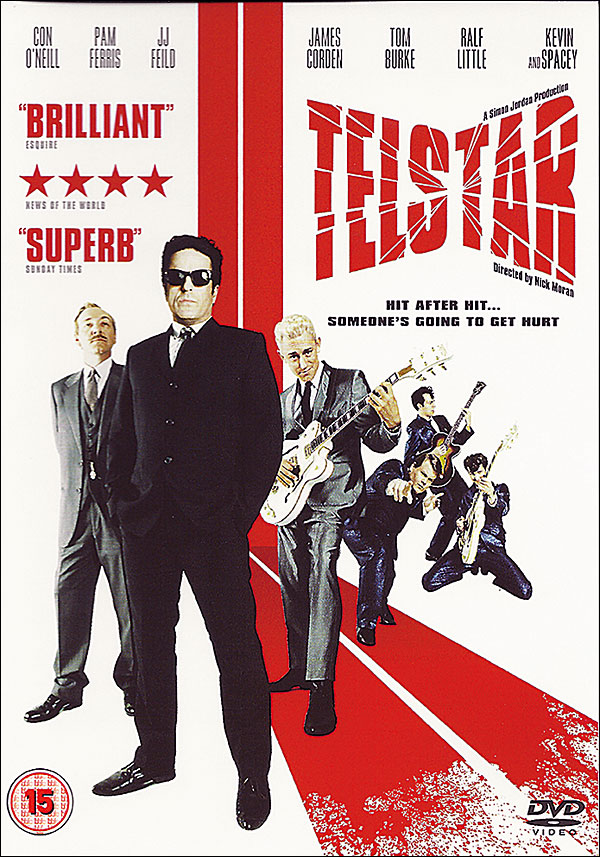
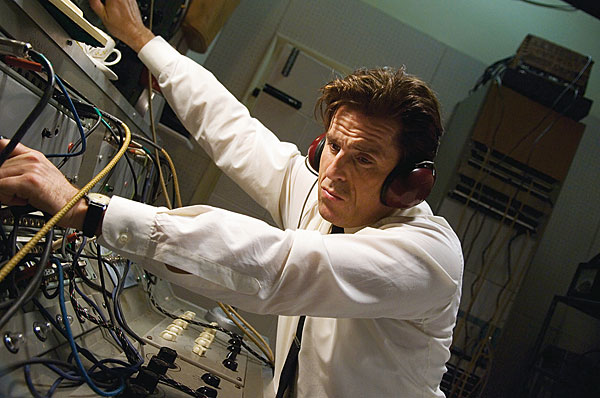
Upper Chamber
The main 'studio' was in one of the bedrooms: 'The size of an average bedroom. No larger', Meek claimed. 'I've covered the walls with acoustic tiles... all the walls except one, which is covered with a thick curtain. This has very good absorbing power, and the studio is extremely dead. The floor is carpeted, and the ceiling is completely covered in tiles. One wall has some tiles missing, and this gives me a certain amount of brightness. But basically it's completely dead.'
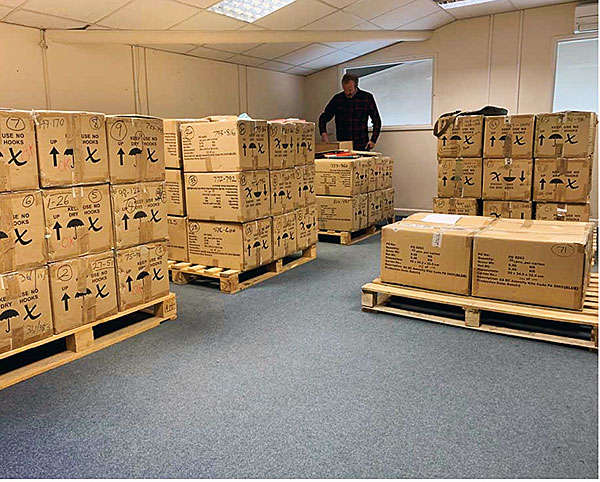

For another crucial effect, Meek revealed: 'Above my control room I have a room that I've made into an echo chamber. It's quite remarkable for the size of it; it gives me a great echo sound, which is on all my records'. As for strings and brass, he usually had them play where the reverb was best – on the stairs.
All in all, Joe Meek produced 245 singles, 45 of which reached the UK Top 50. It's reckoned he'd complete on average three singles per week (A and B sides) and could work a 20-hour shift without a break.
Yet should you ever need proof that life ain't fair, here it is. Having composed so many great hymns in their honour, the stars refused to align for Meek and his world of wonders eventually collapsed around his ears. He struggled financially as a long-drawn-out court case concerning 'Telstar' robbed him of income from his biggest hit. An around-the-clock workaholic, he came to rely on a massive intake of barbiturates and spent more and more time at seances where he spoke to Buddy Holly's ghost.
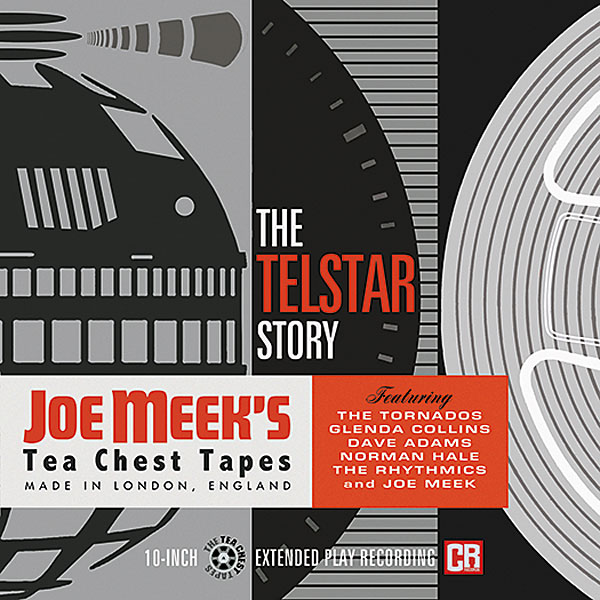
Hidden Treasure
The last straw came when his landlady downstairs, Violet Shenton, started banging on the ceiling with a broom handle, telling him to keep the noise down and hassling him for unpaid back rent. He retrieved a single-barrel shotgun belonging to a young peroxide pop artist he had championed called Heinz, shot Mrs Shenton dead and then himself.
To fade out on a less tragic note, it turns out there is some additional hidden treasure in the troves of tapes currently being digitised. Apparently to save time and money, Meek would reuse tapes without blanking them first, so when he took an old mono work tape and reused it later to record in stereo, the space between the left and right channels was never recorded over. As a result, when the tape is run across a mono head, there's a completely different track to be found beneath the number noted on the tape box. It's the gift that keeps on giving.





